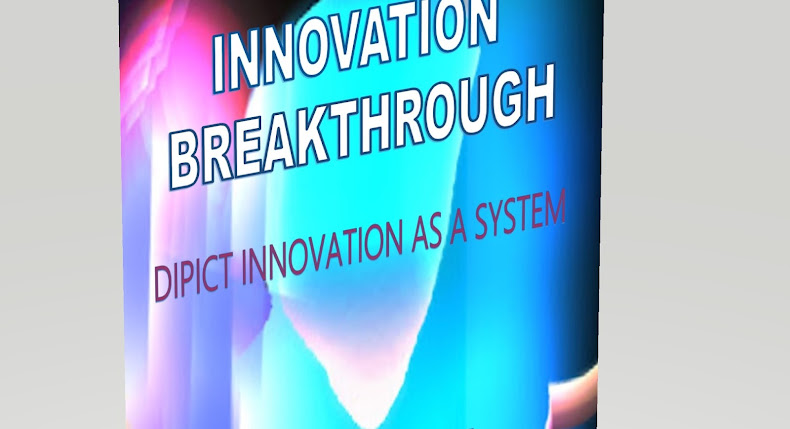Innovation Execution is Cohesive Step in Strategy Execution.
 Although innovation is at every forward-looking organization’s agenda, there are at least two gaps existing in innovation management: idea gap and execution gap. More often than not, companies seem to continue to have more ideas than execution expertise. If you have an idea, you gain only if you have the right methodology to implement the idea. However, there’re gaps between innovation strategy and innovation execution, how to mind it?
Although innovation is at every forward-looking organization’s agenda, there are at least two gaps existing in innovation management: idea gap and execution gap. More often than not, companies seem to continue to have more ideas than execution expertise. If you have an idea, you gain only if you have the right methodology to implement the idea. However, there’re gaps between innovation strategy and innovation execution, how to mind it?
Innovation Discipline: Create a disciplined, managed space for developing and testing new models, products, and business approaches, shielding innovation teams from the organization’s dominant logic and established standard operating procedures, which can stifle new thinking and approaches When the ideas have been developed or when they are able to be applied to meet a short-term objective then they should be pushed through an efficient execution process.
Innovation Process: Systems and tools have changed, but the step by step process is still valid. Innovation Execution requires a contracting process with clear stages, performance thresholds, and decision-making parameters combined with an iterative, experimental learning process that supports wide-ranging exploration at each stage. Most companies fail at execution because they have no clear process, nor understand the linkage required to work horizontally across departments. as say going, what starts well ends well. Lots of ideas mean you will fail if you do not have a screening process to systematically evaluate them.
Innovation Culture: The other key for closing the innovation execution gap is improving the organization's culture to be more risk tolerance, if you have or develop the right culture, through change management or more sophisticated and comprehensive incentive and reward structures, if necessary, then everything else can be connected. An adaptive culture makes process improvement easier. They operate optimally and are easier to manage. And, if you get the culture right then people feel they have the freedom to try and even to fail. Or people see things being implemented and making a difference, confidence increases, and senior management buy-in when the threat is removed.
Innovation Talent: Companies may be more successful in executing innovative ideas by relying more on their information, performance management, and continuous improvement expertise, who are familiar with innovation management processes and understand the horizontal, cross-functional operations of the organization. Every function must certainly play a role, but it takes collective innovation leadership to ensure innovation execution effectively.
 Innovation Forces: Good ideas are multi-dimensional, so execution also needs forces of both "push and pull." Ideas take root in unsuspected places and they evolve with time and by unexpected connections. Part of the issues with ideas is the lenses in which they are viewed. People need to be able to apply both converging and diverging thinking to ideas so that current constraints are removed. People need permission to push ideas around an organization without the fear of failure and without the need to deliver against a short-term narrow -focused objective, it is also critical to pulling the resources to build an innovation nurturing the working environment.
Innovation Forces: Good ideas are multi-dimensional, so execution also needs forces of both "push and pull." Ideas take root in unsuspected places and they evolve with time and by unexpected connections. Part of the issues with ideas is the lenses in which they are viewed. People need to be able to apply both converging and diverging thinking to ideas so that current constraints are removed. People need permission to push ideas around an organization without the fear of failure and without the need to deliver against a short-term narrow -focused objective, it is also critical to pulling the resources to build an innovation nurturing the working environment.
Innovation Risk Management: It is a piece of common knowledge, that innovation management requires the highest risk-taking at a strategic value chain, including organization, investments, and assets. De-risk the introduction of innovations into the market, protecting existing operations and brands and establishing clear proof-of-concept before making investments to launch and scale.
Innovation is an integral element of business strategy, so innovation execution is cohesive steps of your strategy execution, mind the gap and leapfrog to the future of business.
Innovation is an integral element of business strategy, so innovation execution is cohesive steps of your strategy execution, mind the gap and leapfrog to the future of business.










































0 comments:
Post a Comment